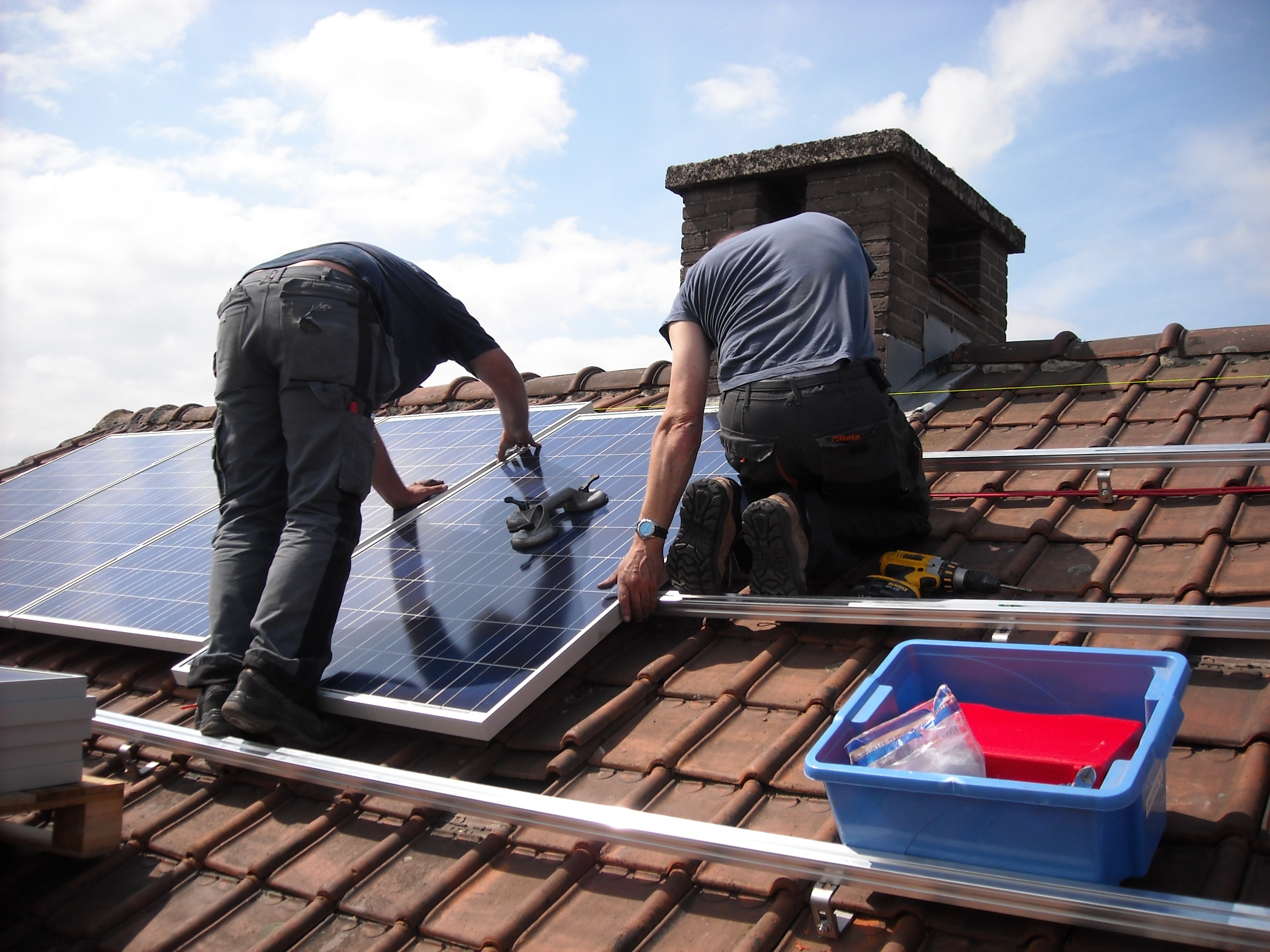Views: 0 Author: Site Editor Publish Time: 2025-09-05 Origin: Site

For generations, the monthly electricity bill has been a universal symbol of household expense. It arrives without fail, a straightforward declaration of consumption and a non-negotiable demand for payment. It is, in essence, a cost center—a line item in the family budget that only ever goes out.
But a quiet revolution is unfolding on rooftops across the world, fundamentally altering this relationship. For a growing number of households and businesses, that dreaded bill is undergoing a miraculous transformation. It is no longer just a statement of expense; thanks to the solar power system, it is increasingly becoming a source of income.
The Engine of Change: How a Solar Power System Flips the Script
The magic lies in the technology of a typical grid-tied solar photovoltaic (PV) system. It’s more than just panels on a roof; it's a sophisticated energy-generating asset comprised of:
1. Solar Panels: Capture sunlight and convert it into direct current (DC) electricity.
2. Inverter: The brains of the operation, converting that DC electricity into the alternating current (AC) used by your home and the grid.
3. Meter: The most crucial character in our story. The traditional one-way meter is replaced by a bi-directional meter that tracks not only the energy you pull from the grid but, critically, the surplus energy you push back into it.
Here’s how the new financial model works:
· During the Day: Your solar panels generate electricity. This power is first used to run your home in real-time. Any excess energy—often a significant amount when the sun is shining and you’re at work—is fed back into the public grid.
· At Night or on Cloudy Days: When your system isn’t producing enough, you seamlessly draw power from the grid as usual.
The bi-directional meter meticulously records this entire exchange.
The New "Income Statement": Deciphering the Solar Bill
At the end of the billing cycle, you receive a statement that would be unrecognizable to past generations. Under the policies of net metering or a similar feed-in tariff scheme, your utility company performs a simple calculation:
· Energy Purchased (Debit): Total kWh drawn from the grid × retail rate
· Energy Sold (Credit): Total kWh exported to the grid × agreed rate
The two amounts are netted against each other. In months of high production and low consumption (like sunny spring and fall days), your credit will vastly exceed your debit. The result? A statement with a credit balance owed to you.
Your electric bill is no longer a bill. It is a performance report for your personal power plant, detailing the revenue your asset has generated.
Beyond the Bottom Line: The Ripple Effects
The impact of this shift extends far beyond a positive number on a bill.
· Energy Independence: You become less vulnerable to fluctuating utility rates. While you may not be entirely "off-grid," you dramatically reduce your dependence on it, insulating yourself from price spikes.
· Environmental ROI: The income statement also represents your personal contribution to a cleaner grid. Every kilowatt-hour you generate displaces electricity that would often come from fossil fuels, translating your environmental values into direct, measurable action.
· A New Mindset: Your roof transitions from a passive shelter component to an active, revenue-generating asset. You begin to think like an energy manager, considering your consumption patterns and the performance of your system.
The Future is Bright, But Not Without Clouds
The path forward isn't without its challenges. As solar adoption increases, utilities are grappling with how to maintain grid infrastructure with a changing revenue model. Debates over fair compensation and grid access fees are ongoing.
However, the trend is undeniable. The continuous drop in the cost of solar technology, coupled with rising environmental awareness and the desire for financial predictability, is driving this transformation.
The question posed by the title is no longer a hypothetical "what if." It is the reality for millions. The solar power system has successfully flipped the script, turning a universal household expense into a powerful, proactive, and profitable investment. The future of energy isn't just about consuming smarter; it's about earning brighter.